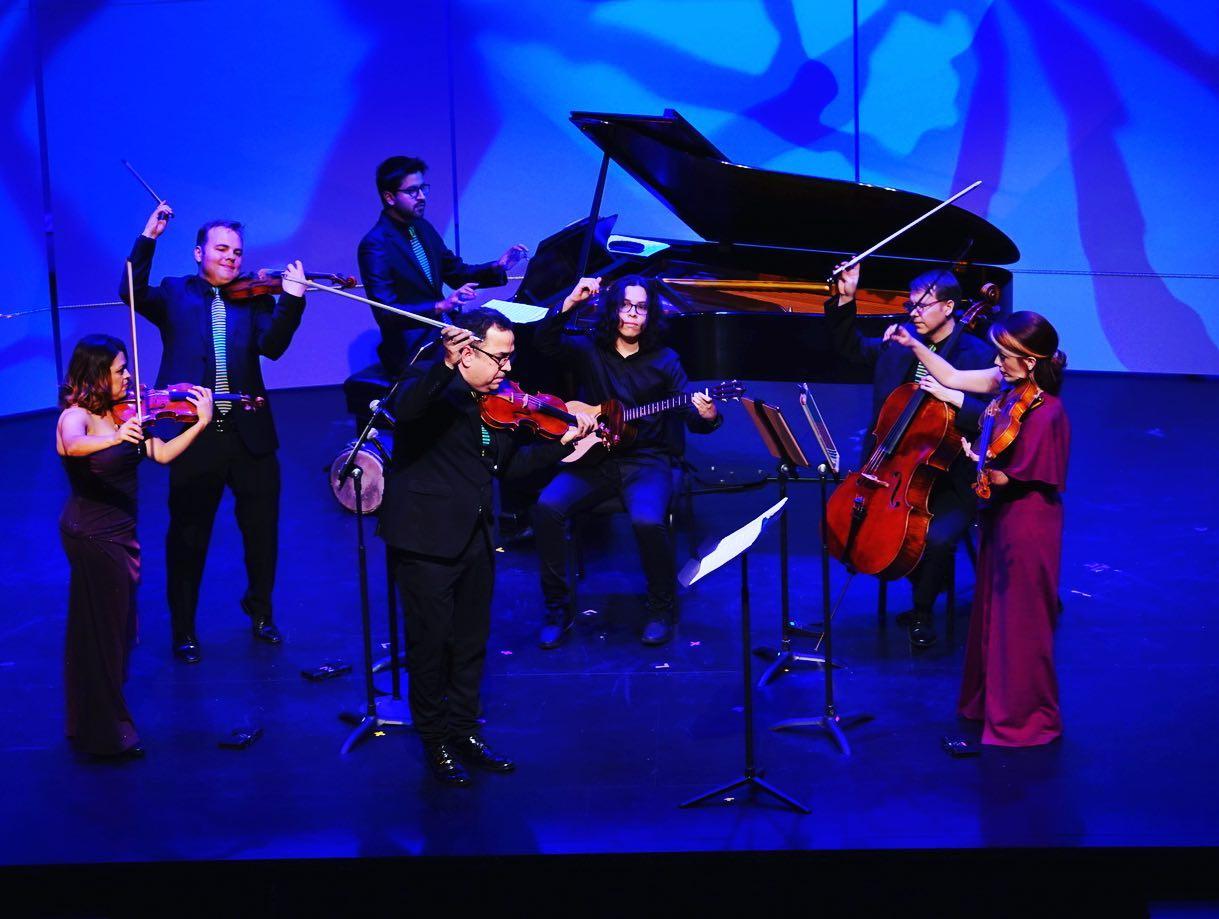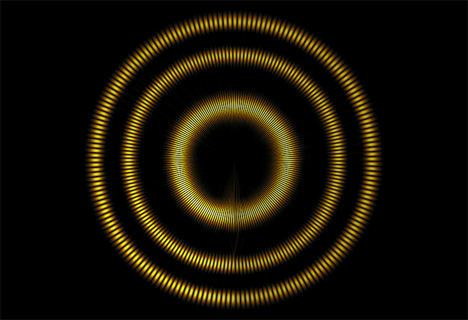
The entire biophony of a soundscape can be heard on the Beaver & Krause 1968 Warner Brothers album (released in 1970), " In a Wild Sanctuary", one of the first notable ecology-themed popular albums and the first album to incorporate entire natural soundscapes as components of the orchestration.

Thanks to its inclusion as a preset in the E-mu Emulator II, a specific sample of a loon, notably heard in Sueño Latino (1989) and in 808 State’s Pacific State (1989), has become a recurring motif in electronic-based popular music. A nightingale can be heard on Pink Floyd's " Cirrus Minor" ( More, 1969) or " Grantchester Meadows" ( Ummagumma, 1969), tweeting birds on Laurie Anderson's " O Superman" (1981), seagulls in Léo Ferré‘s L'Opéra du pauvre (1983). Early examples include schlager singer Ulla Billquist’s När Svalorna Komma Och Bygga Sitt Bo (1932) and Tobourlika by rebetiko artists Stratos Pagioumtzis and Ioanna Georgakopoulou (1940). īirdsong also frequently features in popular music. A famous example of this technique can be found in Cantus Arcticus (1972) by the Finnish composer Einojuhani Rautavaara: subtitled Concerto for Birds and Orchestra this piece incorporates tape recordings of birdsong recorded near the Arctic Circle and on the bogs of Liminka in northern Finland. This use of recording technology was something that had never been done before, and it quickly generated discussion. One of the first is Pines of Rome (1924) by Ottorino Respighi – the third movement includes the sound of a nightingale recorded onto a phonograph, played in the concert hall during the movement's ending. In Western art music, recordings of bird songs have been used in numerous works. Also, he incorporated the themes of many birds in his orchestral piece, " Chronochromie".

Nevertheless, Messiaen included a variety of bird songs in many of his mature works including his Catalogue d'oiseaux ("Birds catalogue"), piano (1956–58) which incorporated songs from thirteen different birds. One obstacle facing the use of bird songs in music is their complexity and usually very high register. Notable in this regard is the French composer Olivier Messiaen who began incorporating accurately transcribed bird songs into his music in 1952. The incorporation of bird song in music is one of the most widely studied forms of biomusic. Commissioned by the Alonzo King LINES Ballet, an international corps based in San Francisco, the score for Biophony, composed by Bernie Krause and Richard Blackford, consists almost entirely of biophonies and geophonies and premiered in 2015. This composition is the first symphony based on ecological themes and the first to perform, live, with whole natural soundscapes informing the orchestral form and themes, just as biophonies and geophonies inspired music (rhythm, melody, organization of sound, timbre, and dynamic) at the dawn of cultural time. Some forms of music use recorded sounds of nature as part of the music, for example new-age music uses the nature sounds as backgrounds for various musical soundscapes, and ambient music sometimes uses nature sounds modified with reverbs and delay units to make spacey versions of the nature sounds as part of the ambience.Īt the 2014 Cheltenham Music Festival (UK), " The Great Animal Orchestra Symphony for Orchestra and Wild Soundscapes," composed by Bernie Krause and Oxford (Balliol College) former composer-in-residence, Richard Blackford, premiered, and was performed by the BBC National Orchestra of Wales. For instance, music that is created by the brain waves of the composer can also be called biomusic as can music created by the human body without the use of tools or instruments that are not part of the body ( singing or vocalizing is usually excluded from this definition).īiomusic can be divided into two basic categories: music that is created solely by the animal (or in some cases plant), and music which is based upon animal noises but which is arranged by a human composer. The definition is also sometimes extended to include sounds made by humans in a directly biological way.

JSTOR ( February 2009) ( Learn how and when to remove this template message)īiomusic is a form of experimental music which deals with sounds created or performed by non-humans.Unsourced material may be challenged and removed. Please help improve this article by adding citations to reliable sources.

This article needs additional citations for verification.


 0 kommentar(er)
0 kommentar(er)
